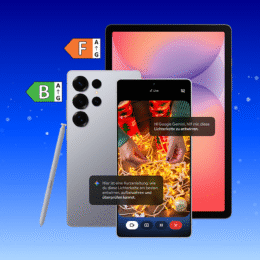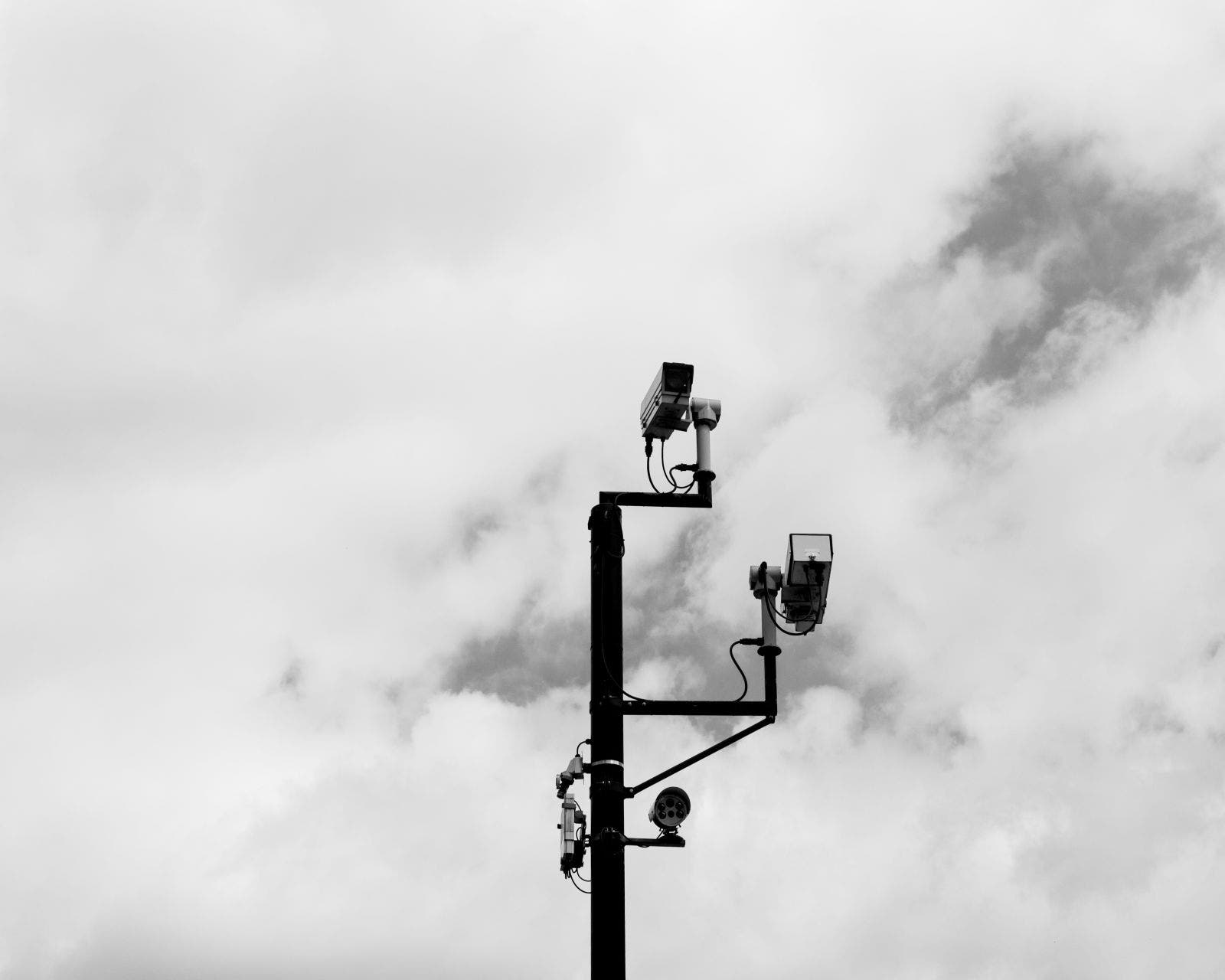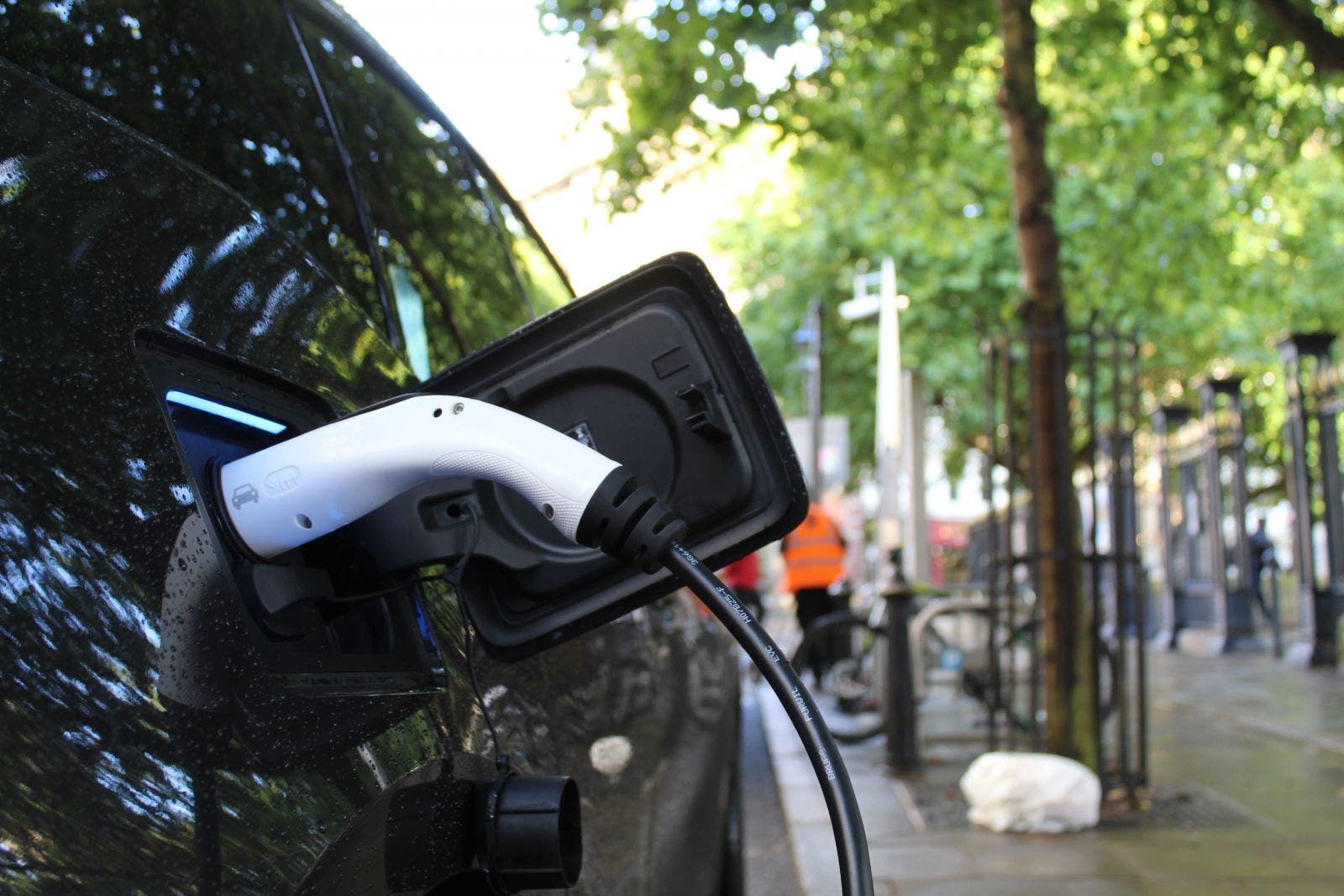die letzten Tage ging eine Meldung herum, dass das iPhone regelmäßig und automatisch Screenshots anfertigt, u.a.. Nicht, um den User irgendwie zu überwachen, sondern aus technischen Gründen heraus (um irgendeinen Animationseffekt zu bewerkstelligen). Das haben auch pfiffige Behörden schon bemerkt und wenn nicht, können sie sich über das Buch „iPhone Forensic“ schlau machen, was sie alles aus einem iPhone rausziehen können, wenn es darum geht, einen Verdächtigen festzunageln:
Determine what type of data is stored on the device Break v1.x and v2.x passcode-protected iPhones to gain access to the device Build a custom recovery toolkit for the iPhone Interrupt iPhone 3G’s „secure wipe“ process Conduct data recovery of a v1.x and v2.x iPhone user disk partition, and preserve and recover the entire raw user disk partition Recover deleted voicemail, images, email, and other personal data, using data carving techniques Recover geotagged metadata from camera photos Discover Google map lookups, typing cache, and other data stored on the live file system Extract contact information from the iPhone’s database Use different recovery strategies based on case needs
And more. iPhone Forensics includes techniques used by more than 200 law enforcement agencies worldwide, and is a must-have for any corporate compliance and disaster recovery plan.
*lach mal wieder*

(Direktlink zum Quicktime-Video, danke kai347)
Weiteres auf dem Internet Economics Blog. Währenddessen erfreut sich der iPhone App-Store ungebrochener Beliebtheit, man peilt fürs nächste Jahr die 1-Mrd.-Download-Marke an.














